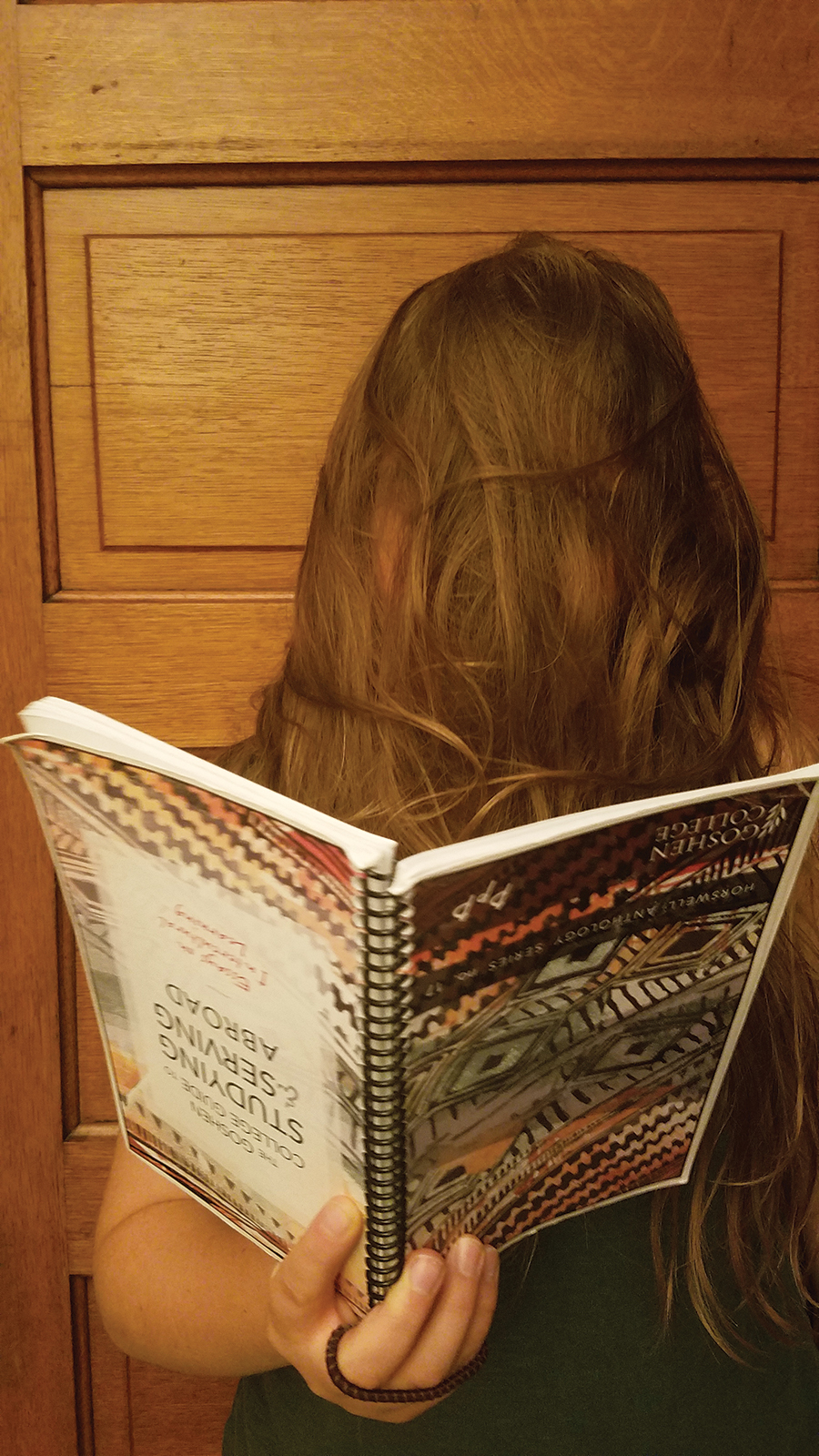Sometimes you learn things the hard way.
Recently, I thought that I could write a funny article about a ridiculous picture from my dad’s SST unit and go unnoticed. Instead, I found that some of the people in the picture actually cared about what I said about them.Recap: the photo was of a bunch of guys toting guns they had convinced British soldiers in the jungles of Belize to give to them. The picture got printed in the Record in the 1985 April Fools’ edition, saying the students had led a coup within their unit.
I think that some people thought I was accusing these fellows of being juvenile delinquents. Was I? I believed my high school math teacher when she said, “It takes one to know one,” so I’m not trying to throw out too wild of accusations. (I remind the reader that they are capable of coming to their own conclusions.)
But back to learning things the hard way. One time when I was five or six, I was observing some horses, as five-year-olds do. I assumed that I could just approach them by climbing over the fence that stood in my way. I grabbed it. It was electric. Fortunately, I didn’t die, but I cried a lot and promised I’d never ever do it again. That’s learning things the hard way, right?
Wrong. Grabbing an electric fence is the easiest way to understand that grabbing an electric fence isn’t a great thing to do.
The easiest way to understand a story is just looking at the facts of what happened, right?
Wrong, again.
You also have to understand what people feel about the story, and a lot of times that involves digging through encrypted meaning like Indiana Jones trying to translate the Rosetta Stone into Russian. (I think they cut that part from the movie.)
For the participants in the photo who responded to my article, the photo represented a fond memory of college friends they were still in contact with. One assured me, “We turned out OK.”
Guess it takes one to know one? But I have one more contextual quibble. Study Service Term itself.
As I was later trying to explain to someone the irony of a bunch of guys from a Mennonite school wielding machine guns on their cross-cultural semester, I mentioned “the SST culture.” When asked what I meant by that, I did what I do best and avoided answering.
The truth is, SST is treated like GC’s unspoken rite of passage. You go to another country and come back with fully grown chest hair and the ability to complete a Mahara portfolio, right?
Wrong, on both accounts. Some parts of SST might feel like grabbing an electric fence, but maybe it’s more like translating the Rosetta Stone into Russian.
I was operating on the assumption that certain outcomes from SST would lead to certain perceptions of this picture. SST, like life and the movie Inception, doesn’t have clearly foreseeable outcomes (or maybe any).
Learning the hard way drags out longer than the week before fall break. It’s helpful to note, for those of us that center our GC experience around SST, is that there are some people here on a four-year Study Service Term just living at Goshen College. If we got to call ourselves adults after SST, international, first-generation, third-culture, and minority students would probably get to call themselves über-mega-triple-bacon-cheeseburger adults. (That phrase comes from a rough translation of the Rosetta Stone through Russian.)
So let’s own up to the fact that we’re still always learning things the hard way. I’ll admit that such college-kid activities as chanting core values at soccer games, brandishing British machine guns, dumpster diving, and playing tennis still boggle my mind. But I, like you and maybe your roommate if you’re on speaking terms, can continue to challenge my assumptions and maybe learn just a little something new everyday.


